6. Capri-Revolution (Mario Martone, 2018, Capri)
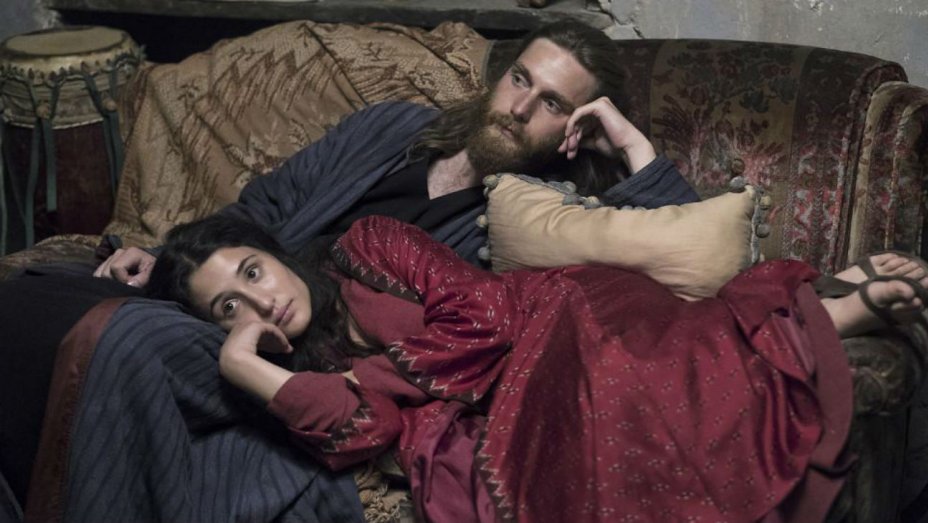
Cesar Octavian Augustus chose the stunning island of Capri as his private paradise 2000 years ago. The island still boasts amazing natural beauty, a warm Mediterranean climate and lush vegetation.
Martone’s film, set on the island, focuses on the pre-WW1 clash of values and ideologies and was an Official Selection in the Venice Film Festival. In the movie a young female peasant, Lucia, herds the family’s goats under the watchful eyes of her brothers. After her father’s death, she falls under the influence of a commune of Northern Europe bohemians lead by a painter, Seybu.
The patriarchal—or at least feudal— Capri lifestyle inevitably engulfs Lucia and is captured flawlessly through the impeccable cinematography of Michele D’Attanasio. Once Lucia joins the bohemian commune, the Capri Revolution is revealed to have not much to do with any Russian anarchist ideas but with Lucia’s conversion into a woman who learns how to read, becomes vegetarian and questions the archaic ataraxy of the island’s society.
Some characters don’t have enough depth and three-dimensionality though, and for for Italian speakers (including this reviewer) the delivery of certain lines by foreign actors seems slightly problematic for individuals supposedly having lived on the island for many years. Many of themes (or film questions) after being boldly announced are simply abandoned.
7. Lines of Wellington (Valeria Sarmiento, 2012, Portugal)
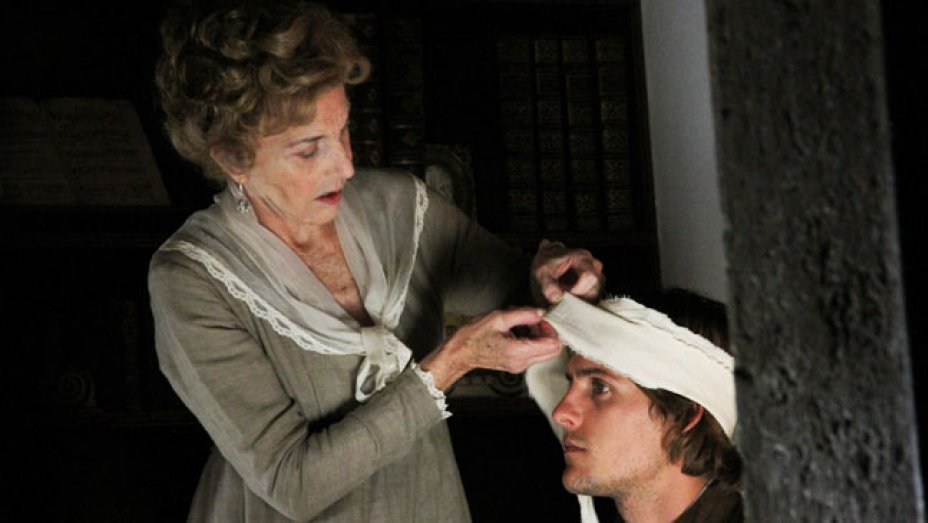
A rare Portuguese-French attempt at a fairly ambitious genre: an epic film (no doubt, very far from the scale of a Ridley Scott epic) that follows the destiny of several regular people on the eve of Napoleon’s third attempted invasion of Portugal in 1810.
The film, as acknowledged from the credits, was originally to be directed by Raoul Ruiz, but after the Chilean director’s death, in 2011, the film was directed by his widow, Valeria Sarmiento. The cast is spectacular: John Malkovich, Catherine Deneuve, Isabelle Huppert, and Michel Piccoli.. The production design and the settings are fairly elaborate, detailed and convincing. The lighting design is both atmospheric and intimate.
Although the film attempts to follow the drama of individuals running away from the French invasion, it misses an obligatory confrontation scene between the two great powers. For a European film that bills itself as a two-hour war drama, it is a curious decision that there is not a single battle.
Wellington is portrayed by the wonderful John Malkovich as a Napoleon-obsessed strategist staring at the Emperor’s portrait. But Malkovich is at least 20 years older than Wellington was at the time. Yes, this is a movie, but still. A frenzy of characters jump in and out of the story making any emotional attachment or identification rather difficult.
8. Who am I? (Baran bo Odar, 2014, Germany)
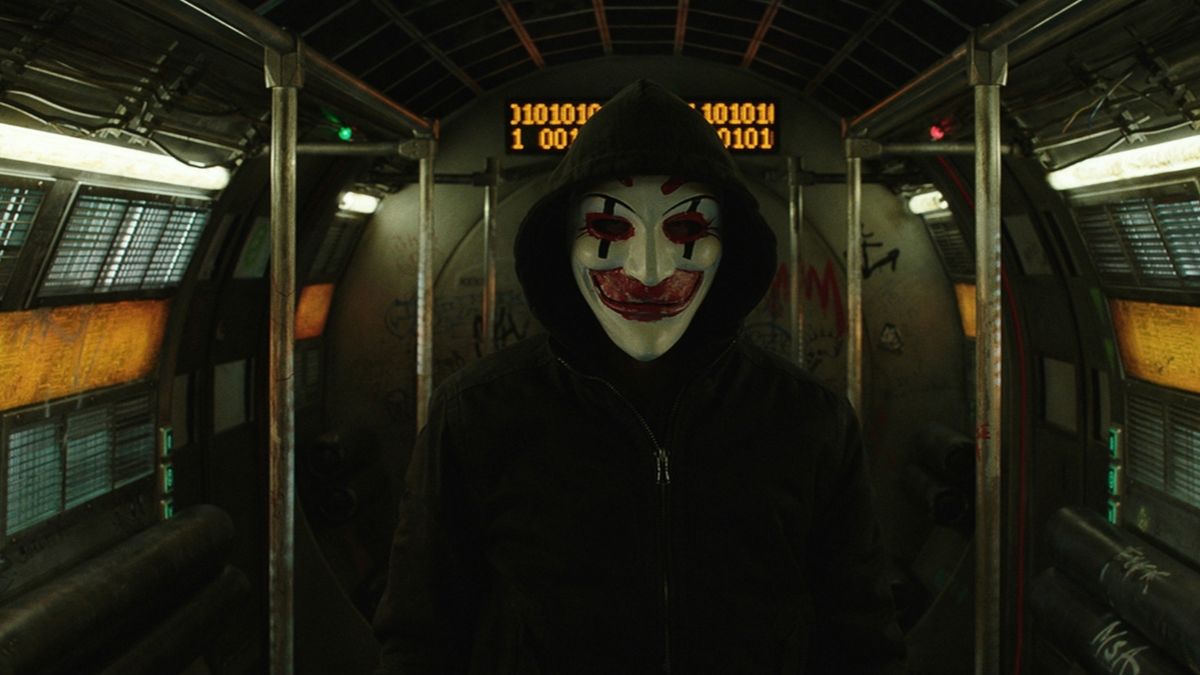
A fast-paced cyber thriller with Hollywood elements but with realistic dimensional characters by Swiss-born director Baran bo Odar who now identifies himself as German. Right off the bat, with the credit roll, the film acknowledges “Fight Club” as an obvious influence with similar visuals coupled with a high tempo electronic score and an effervescent editing pace (a la Guy Richie).
The story might sound somewhat conventional but the nuanced performance of Tom Schilling as the introverted protagonist is utterly captivating. Benjamin, the protagonist, meets a larger-than-life hacker during community service following a minor crime. His crime: hacking a law school final exam for Marie, Benjamin’s romantic aspiration. The virtuoso hacking of CLAY (Clowns Laughing At the World) is not based on any major philosophical premise or political beliefs. It’s just a way for brilliant teenagers with low self-esteem to catapult themselves into the gaze of the world.
The high tempo of the film is a result of a very mobile mise-en-scene, a pulsating electronic beat and constant dramatic reversals and twists. This is not a static ”behind the computer” cyber thriller, plagued with technical jargon. The ending is refreshing and brilliant, the performances contained and nuanced and there is a palpable subversive energy and yet, thankfully, no manipulative ideological bias of any kind.
9. Frenzy (Emin Alper, 2015, Turkey)
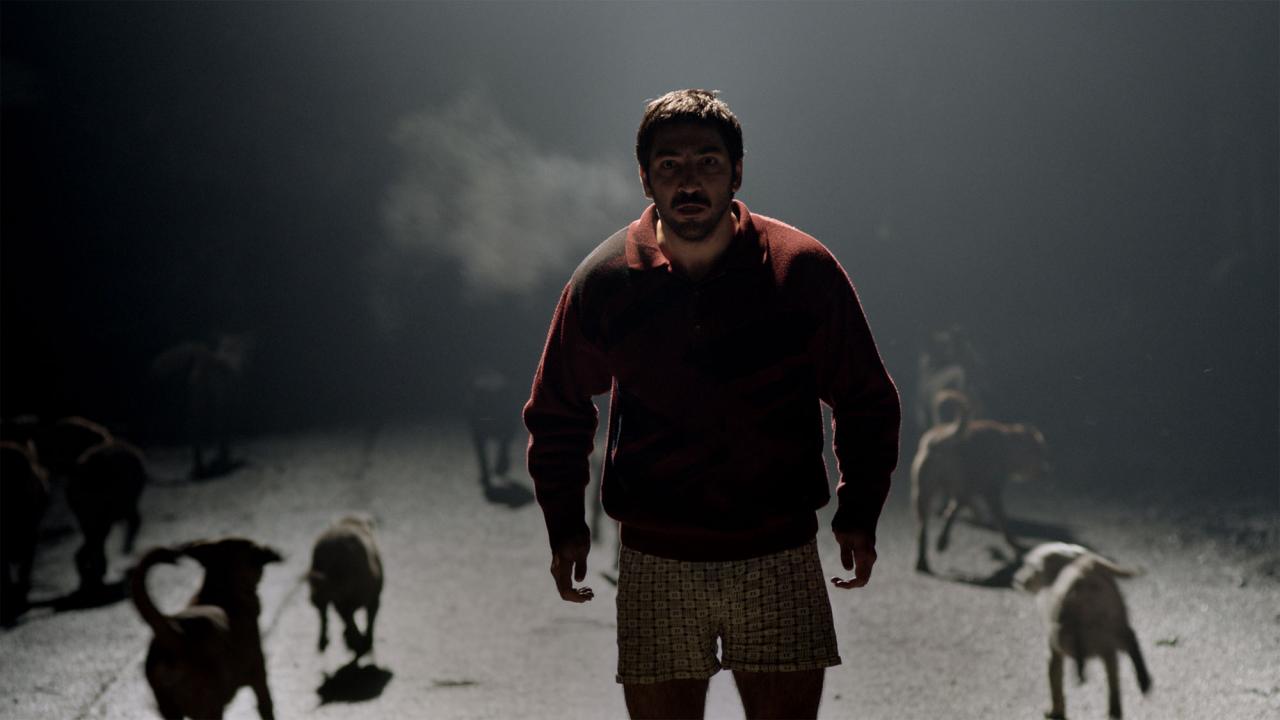
A very interesting and difficult film, the 2015 Venice International Film Festival Award winner,”Frenzy” or “Abluka” (the original title in Turkish) is the second film directed, by Emin Alper, who holds a Ph.D in Modern Turkish History and is a trained economist.The story seems initially grounded in a solid realistic premise.
After serving a 20 year sentence in jail for an unspecified crime, Nadir’s parole is granted on the condition that he become an informant for the Government during a period of social instability. According to the director, he had been working on the script since 2009, a good seven years before the failed attempted coup against Erdogan, in July 2016.
Quite a low-profile director, Emin Alper doesn’t hold himself as a visionary and prefers to claim that the inspiration for the film came from the agitated history of the Turkey, where military coups swept the country. As the character of Nadir rejoins society, not much seems to be normal any more. Helicopters fly over the grey winter sky, and brutish soldiers scream orders at control posts throughout the city.
Nadir’s brother lives in a gloomy slum and is not much of a coherent communicator. Another brother disappeared 10 years ago, and no one knows if he’s dead or alive. Nadir zealously inspects garbage cans, trying to find out leads on terrorist activities. Gradually we descend into further decay, a Dante-esque paranoid dystopia of suspicion and hostility between neighbours.
Inevitably, questions arise: does all this happen in the physical world, or is it the projection of some sort of clinical paranoia that now haunts Nadir? The frontier between reality and the inner world become blurry. The unpleasant sounds —door bells ringing, tools hitting metallic surfaces—have an extended duration and further amplify the already hostile claustrophobic environment. A complex and ambiguous film, yet somewhat monotonous in the last part, “Frenzy” is a stunning, visually delirious film. It doesn’t offer any mainstream dramaturgical tricks and defies straightforward interpretations.
10. Grigris (Mahamat-Saleh Haroun, 2013, Chad/France)
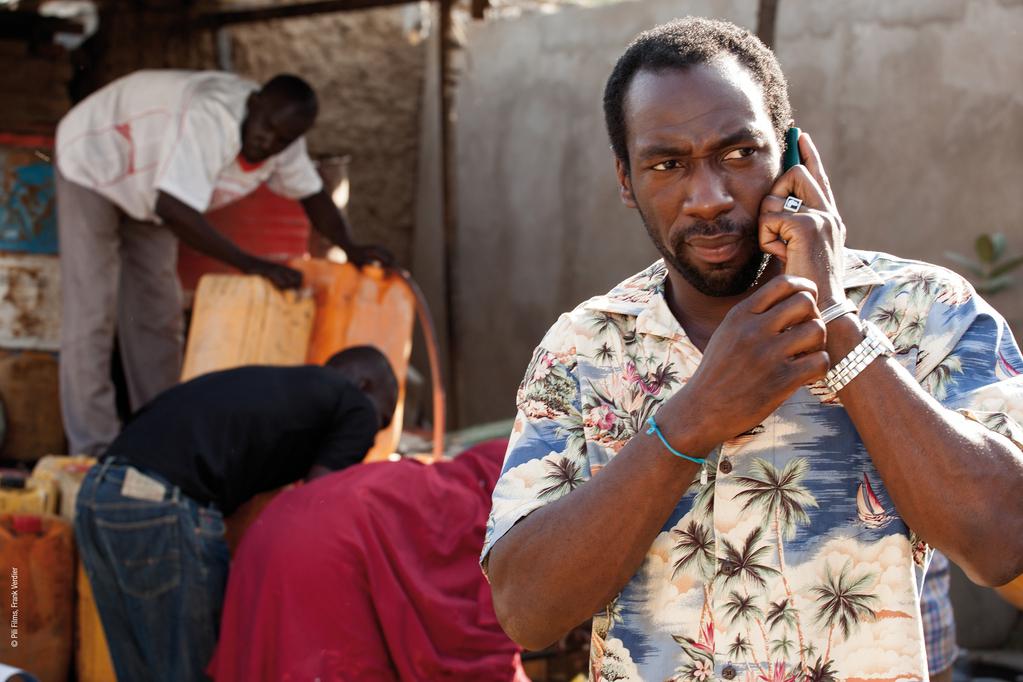
An Official Selection at Cannes in 2013, this Chad-France coproduction is directed by Mahamat Saleh Haroun, a winner of the Grand Special Jury Prize at Venice for his earlier film “Daratt”.
“Grigris” exhibits excellent photography, a vivid colour scheme, and an endearing if difficult love story between a handicapped dancer and a big-hearted prostitute. The two principal characters meet in the small photography studio that belongs to the dancer’s father-in-law.
The script unfortunately falls short in terms of characterisation and displays a certain superficiality throughout the story. And yet some of the acting is nothing short of compelling. Other performances, however, seem rushed and perfunctory. While the film has a valid dramatic premise—two people trying to find their place in the world with a modicum of dignity — the shallow dramaturgy and rushed performances sabotage what could have been a much better film.
There are several possible paths for the story that the story alludes to, yet none is sufficiently developed. For example, Mimi, the prostitute, doesn’t take any steps towards realising her aspirations to be a model, even after receiving professional photographs for her portfolio. Still, the film is worth a look. With more focus and a better narrative logic, Mahamat Saleh Haroun’s film might have been a cinematic joy.